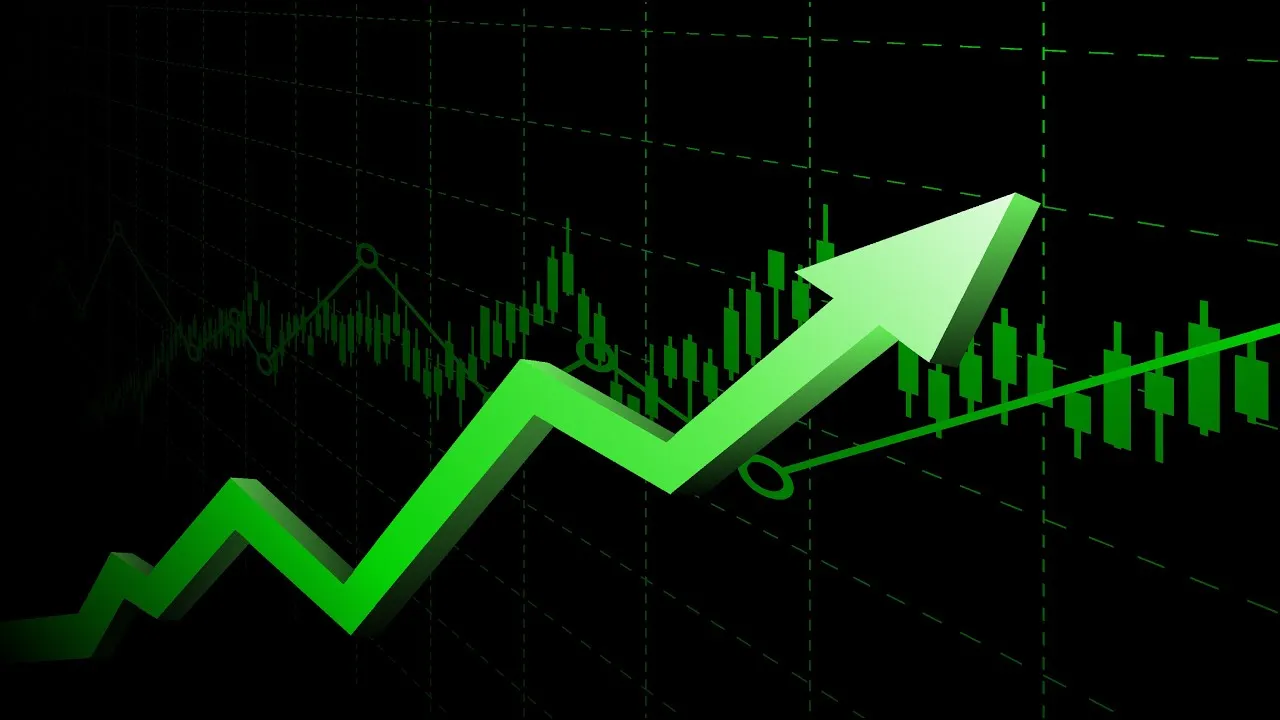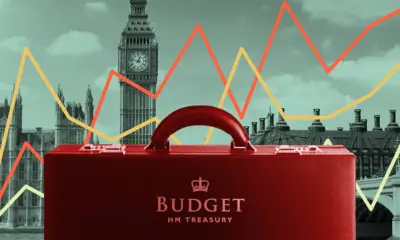Business
UK GDP Rises 0.4% in Q3: Is the London Economy Finally Rebounding?

The United Kingdom’s economy appears to be regaining some momentum after a sluggish start to the year. According to new data from the Office for National Statistics (ONS), gross domestic product rose by an estimated 0.4 percent in the third quarter of 2025. While the improvement is modest, economists view it as a potentially important sign that the country, and London in particular, is beginning to recover from the stagnation that followed years of inflationary pressure and geopolitical uncertainty. The performance reflects steady consumer activity, a gradual cooling in inflation, and renewed strength in the services sector that forms the backbone of London’s economy.
Market Data Reflecting Measured Progress
The ONS data, alongside figures from private research groups, indicate that the UK economy expanded by around 0.4 percent between July and September. This marks a significant improvement compared with earlier quarters when growth either stalled or contracted slightly. Financial analysts at Bloomberg and Reuters note that the increase suggests the UK has avoided a technical recession for now. Sterling strengthened marginally following the release, and government bond yields edged lower, signaling that investors are regaining some confidence in Britain’s medium-term prospects.
Monthly GDP figures for July and August reflected gradual momentum. A contraction of 0.1 percent in July was followed by a small rebound of 0.1 percent in August, suggesting that the third quarter’s broader trend was one of slow but steady recovery. The improvement has been supported by stronger consumer spending and more stable trade flows, helped by easing supply chain costs. London, which remains the country’s financial and business nucleus, has benefited most clearly from the rebound, with the City reporting higher trading activity and renewed hiring in finance and consulting.
Inflation Easing and the Bank of England’s Dilemma
Inflation continues to cool, providing an essential tailwind for both consumers and businesses. The consumer-prices index fell from 5.2 percent in early summer to about 4.7 percent by August. This progress, while slower than policymakers might hope, has already improved household purchasing power and bolstered sentiment. Service-sector inflation, which had been particularly stubborn, eased slightly, providing further relief.
The decline in inflation has placed the Bank of England in a more comfortable position after a prolonged period of monetary tightening. Economists now believe the central bank may have concluded its cycle of rate hikes. Market expectations suggest that an interest-rate cut could come in early 2026 if inflation continues to fall and growth remains positive. For London’s housing market and small business ecosystem, this would bring tangible relief, especially for firms reliant on short-term financing or variable-rate loans. The easing of price pressures also improves real wage growth, which is critical for sustaining consumer demand through the winter months.
Services Sector: London’s Enduring Powerhouse
The services sector remains the primary engine of Britain’s recovery and continues to demonstrate resilience. The UK services purchasing-managers index rose to 54.2 in August, its highest reading since spring 2024. The figure reflects growing business confidence and an uptick in new orders across finance, technology, legal services, and creative industries. London’s economy is particularly dependent on these sectors, and their stability is a clear indicator of overall urban vitality.
Tourism and hospitality also showed improvement as international visitor numbers rose, aided by a weaker pound and the continued recovery of European travel. The professional services corridor from Canary Wharf to the West End reported rising demand for office space and corporate events, illustrating how central London remains to the broader UK economic fabric. While manufacturing and construction contributed modestly, it is the service sector that continues to carry the weight of recovery. Analysts at Bloomberg suggest that as long as service-sector activity remains buoyant, London’s growth trajectory will likely outpace the rest of the country.
Conclusion
The third-quarter increase in GDP provides a cautiously optimistic outlook for the UK economy. London’s diverse and globally integrated service industries are playing a crucial role in stabilizing national growth. Inflation is finally moving in the right direction, offering hope that monetary policy can pivot toward supporting expansion rather than restraining it. Yet the recovery remains fragile. Business investment levels are still below pre-pandemic averages, and consumer confidence has not fully rebounded.
Nevertheless, the data points to an economy that is gradually healing rather than faltering. London’s international standing as a financial and innovation hub gives it a unique advantage in navigating this phase of global uncertainty. If inflation continues to ease and services maintain their current pace, 2026 could mark the first year of consistent, broad-based growth since before the pandemic. The path forward is steady rather than spectacular, but for London’s economy, stability itself may be the most valuable sign of progress.




















